What Are the Sustainable Development Goals?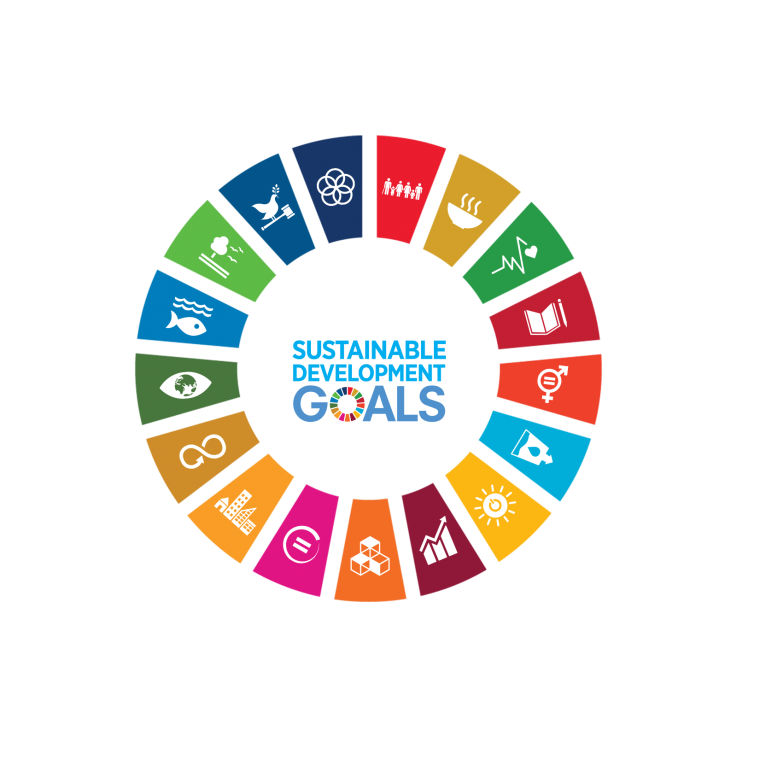
The United Nations Sustainable Development Goals (SDGs) were developed in 2015 to serve as a global call to action around the globe, working to reduce poverty, protect the planet, and create the best possible standards of living for citizens of the world by 2030. There are seventeen goals, each indivisible with each other. When work is done to achieve one goal, many times it helps further another - or special precautions must be taken to ensure it does not undermine another. The goals are as follows:
No Poverty
- To end poverty in all its forms everywhere.
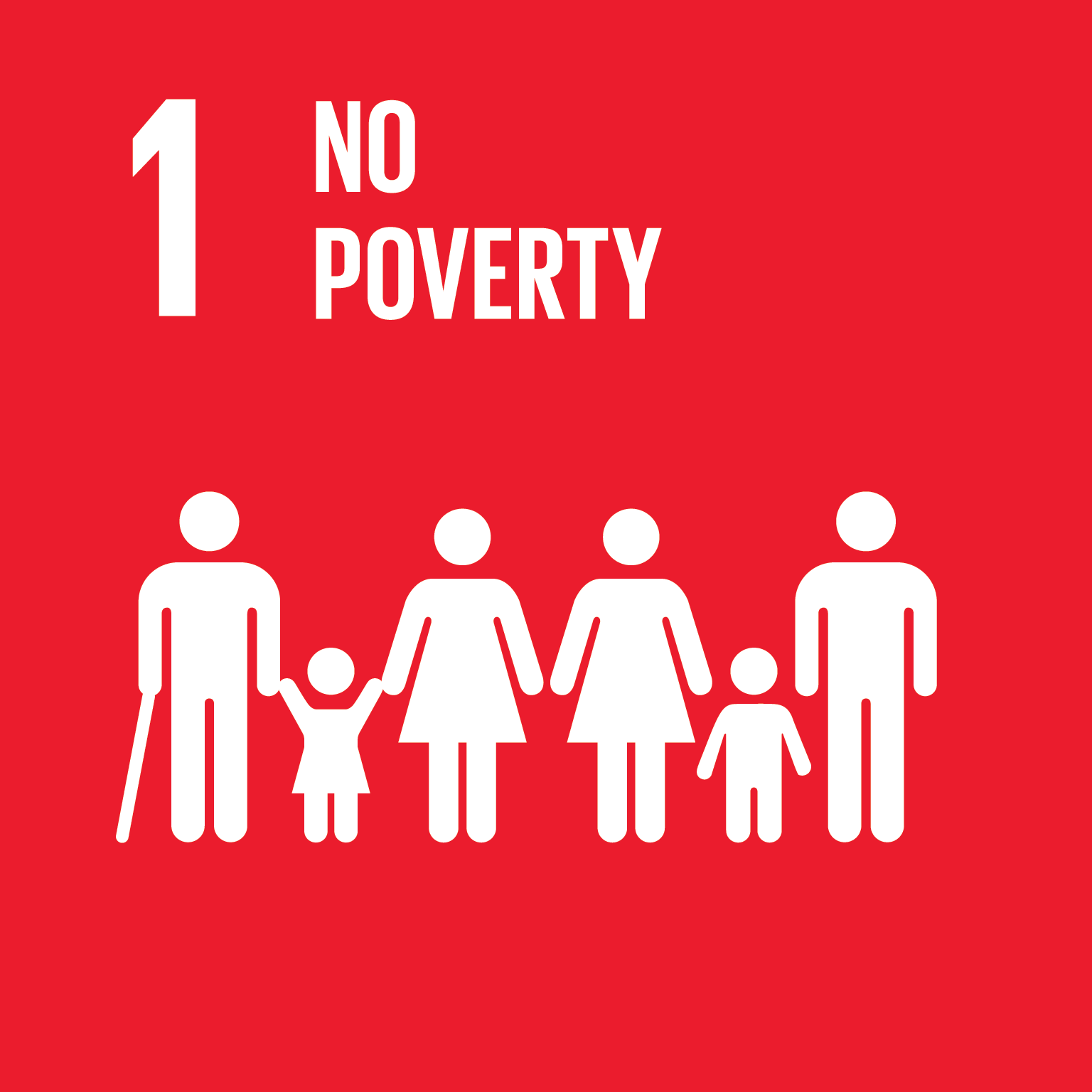
- Includes work involving:
- Extreme poverty
- Social protection systems and measures
- Equal rights for economic resources
- Resilience of the poor and those in vulnerable situations
- Mobilization of resources for developing countries
Zero Hunger
- To end hunger, achieve food security, improve nutrition, and pro
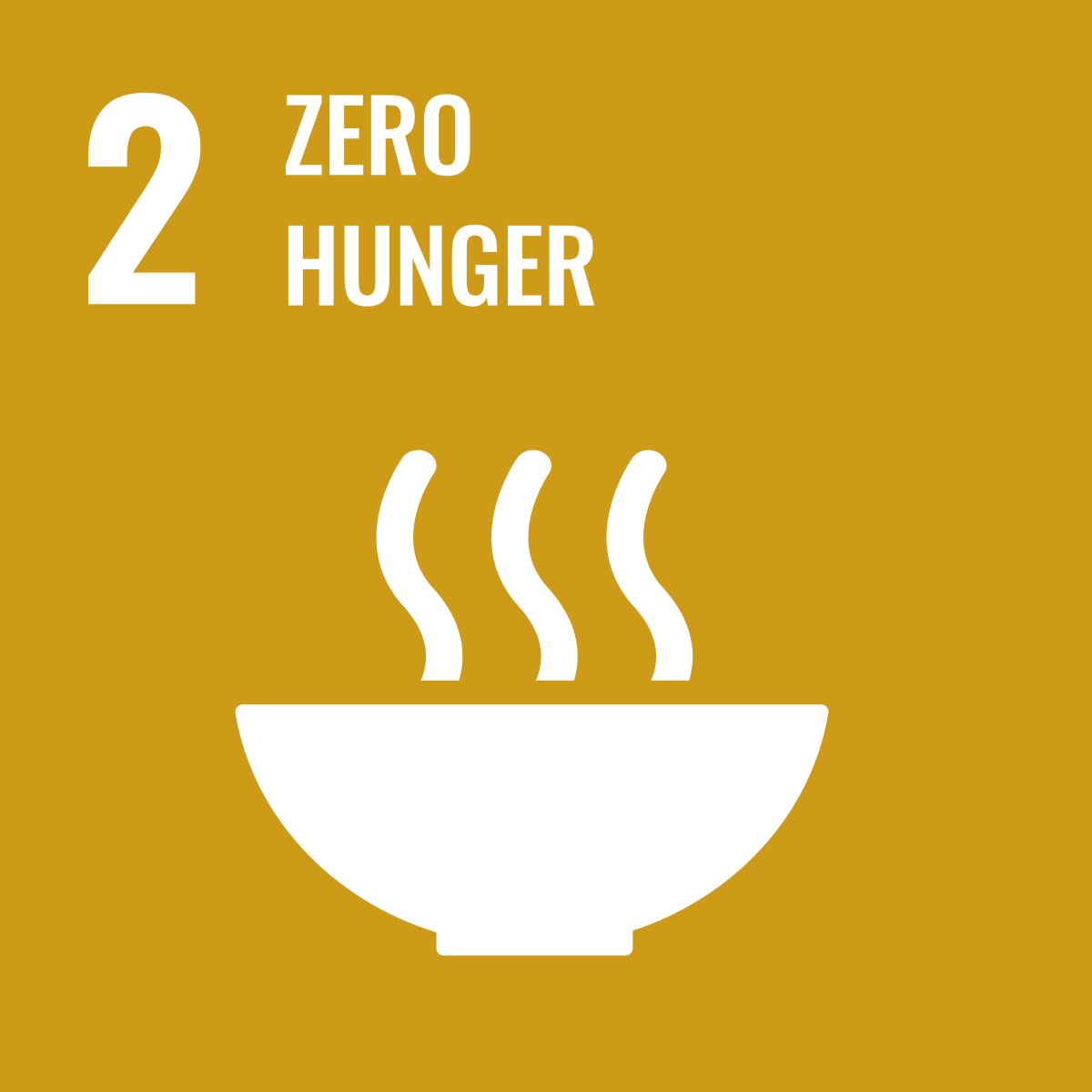 mote sustainable agriculture.
mote sustainable agriculture. - Includes work involving:
- Malnutrition
- Agricultural productivity/resiliency
- Sustainable food production systems
- Genetic diversity of seeds, cultivated plants and animals
- Investment in rural infrastructure
- Food commodity markets
Good Health and Wellbeing
- To ensure healthy lives and promote well-being for all at all ages.
- Includes work involving:
- Maternal and infant mortality
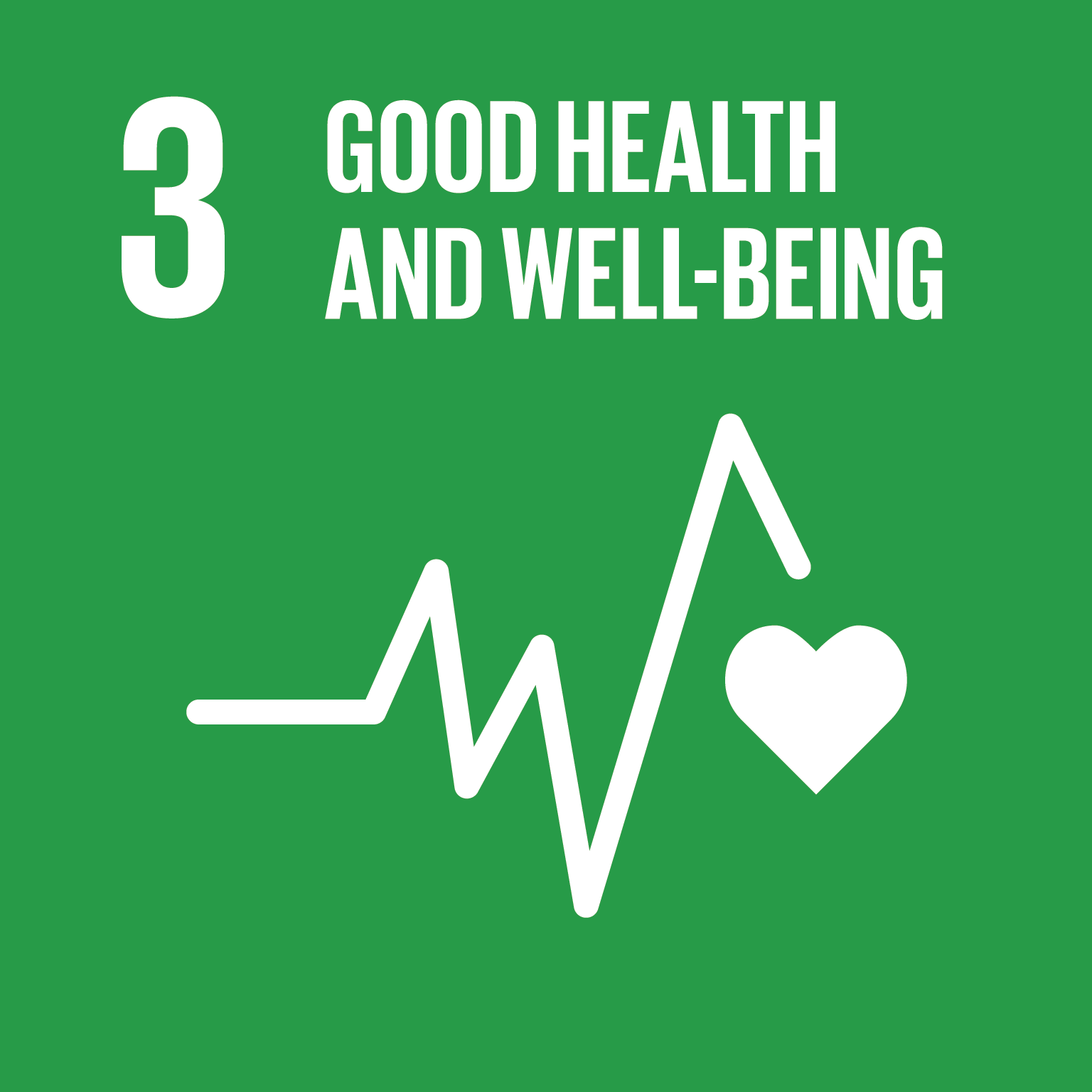
- AIDs, tuberculosis, malaria, hepatitis, water-borne diseases
- Substance abuse
- Sexual and reproductive healthcare
- Universal health coverage
- Hazardous chemicals and air, water and soil pollution
- Vaccines
- Recruitment and retention of health workforce
- Mental health
- Maternal and infant mortality
Quality Education
- To ensure inclusive and equitable quality education and
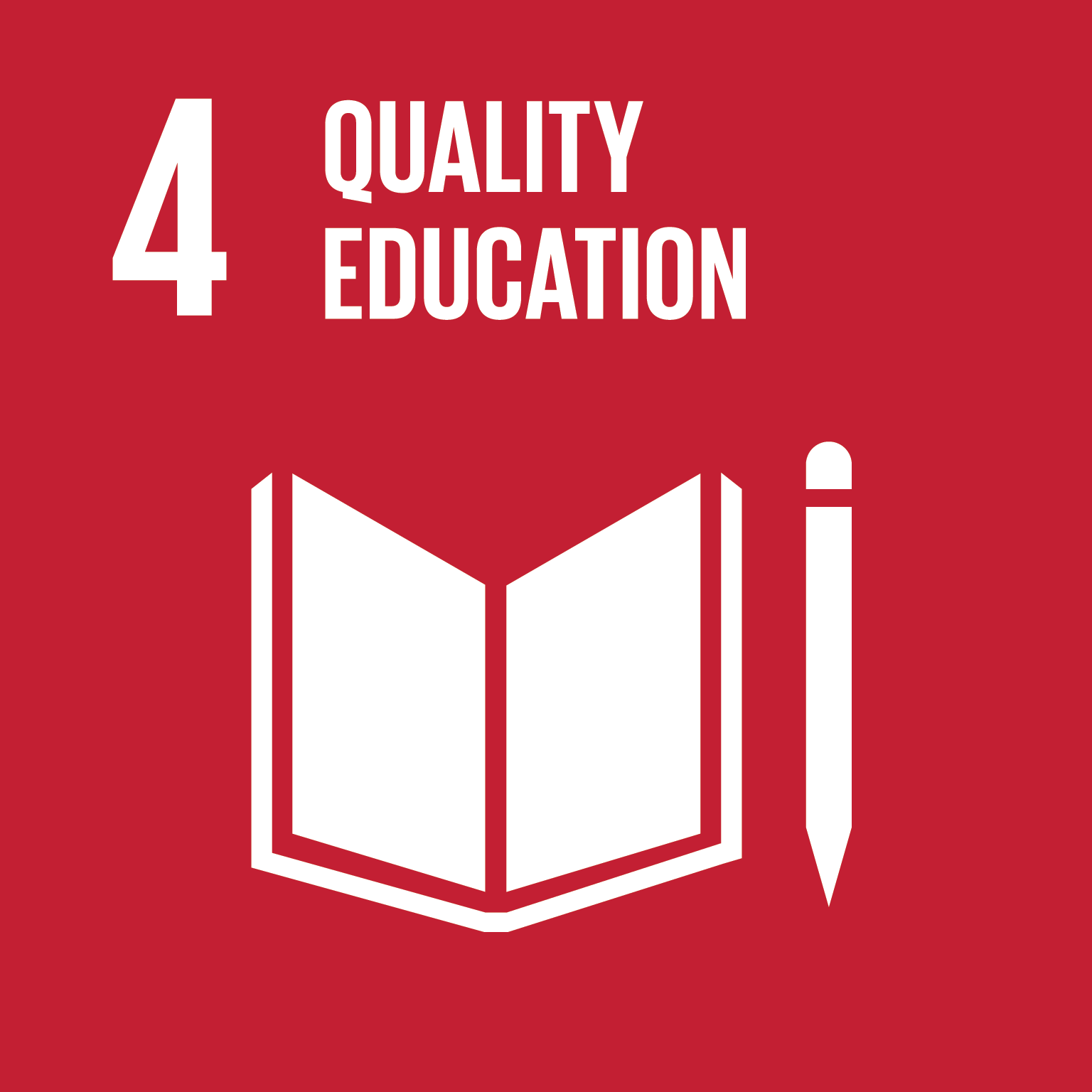 promote lifelong learning opportunities.
promote lifelong learning opportunities. - Includes work involving:
- Equitable and quality education
- Early childhood development
- Gender disparities in education
- Literacy and numeracy
- Effective learning environments
- Qualified teachers
Gender Equality
- To achieve gender equality and empower all women and
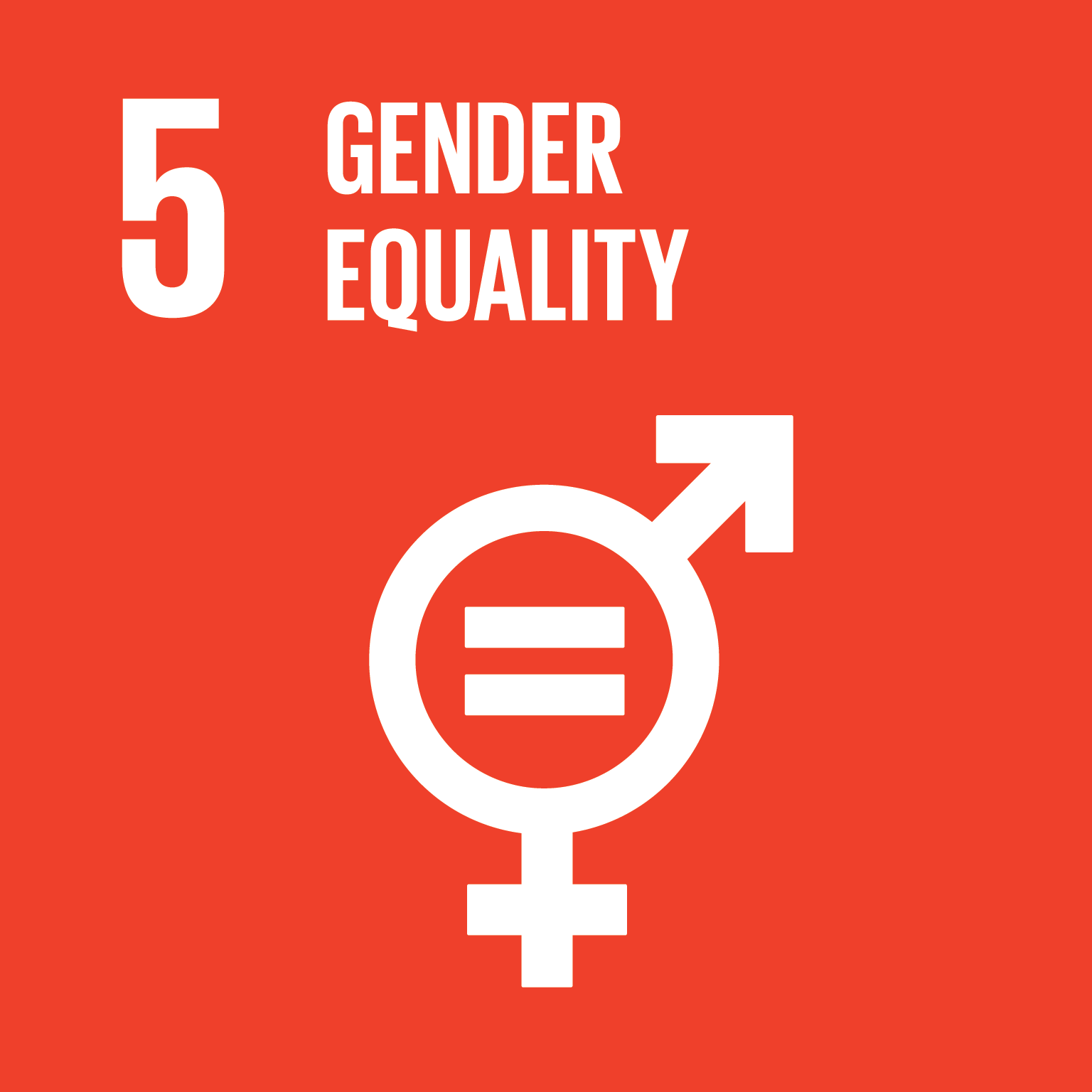 girls.
girls. - Includes work involving:
- Violence against women and girls
- Early and forced marriage
- Female genital mutilation
- Unpaid care and domestic work
- Women’s full and effective participation in political, economic, public life
- Sexual and reproductive health and reproductive rights
Clean Water and Sanitation
- To achieve universal and equitable access to safe and afforda
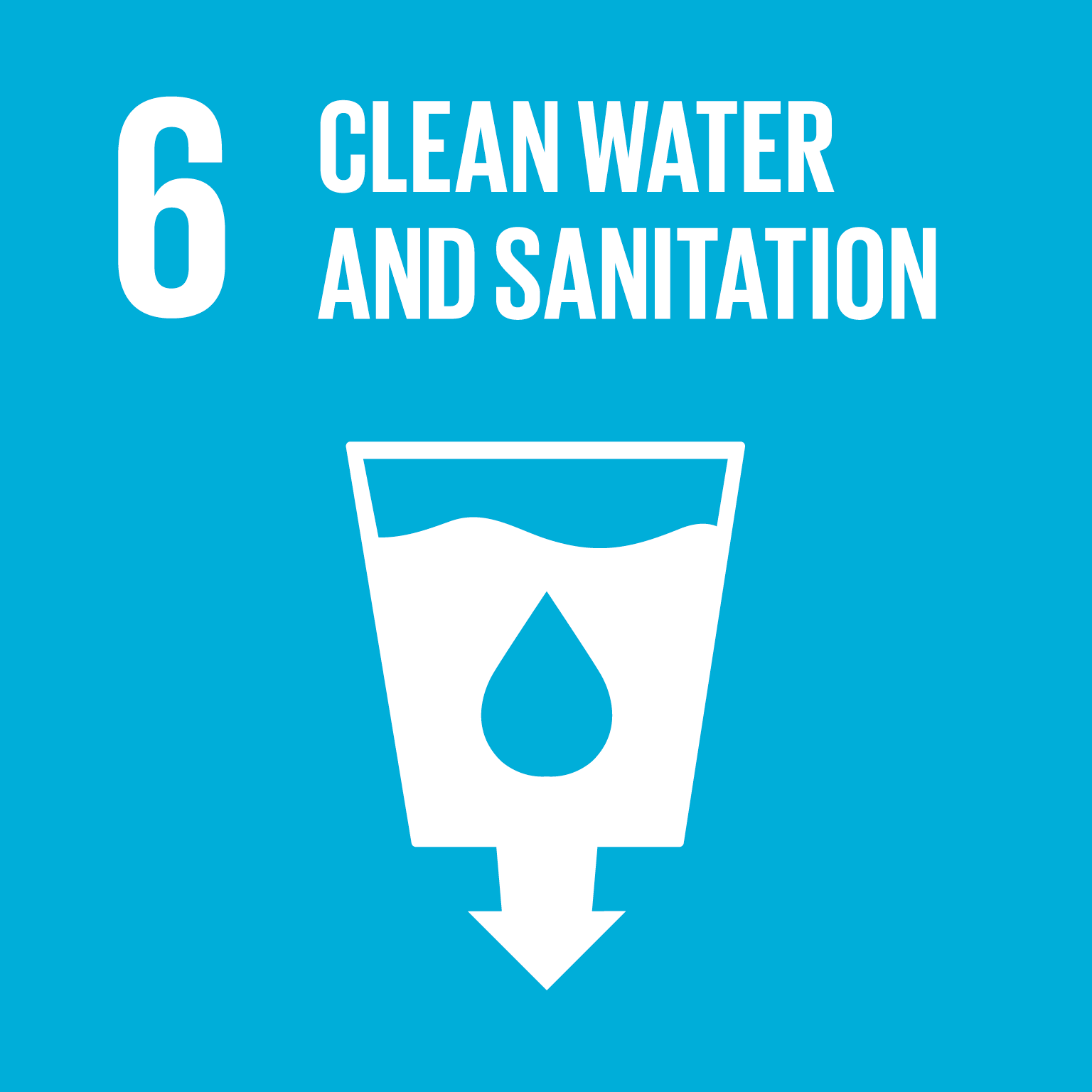 ble drinking water for all.
ble drinking water for all. - This includes work involving:
- Safe and affordable drinking water
- Equitable sanitation and hygiene
- Water pollution
- Water-use efficiency
Affordable and Clean Energy
- To ensure universal access to affordable, reliable, and mo
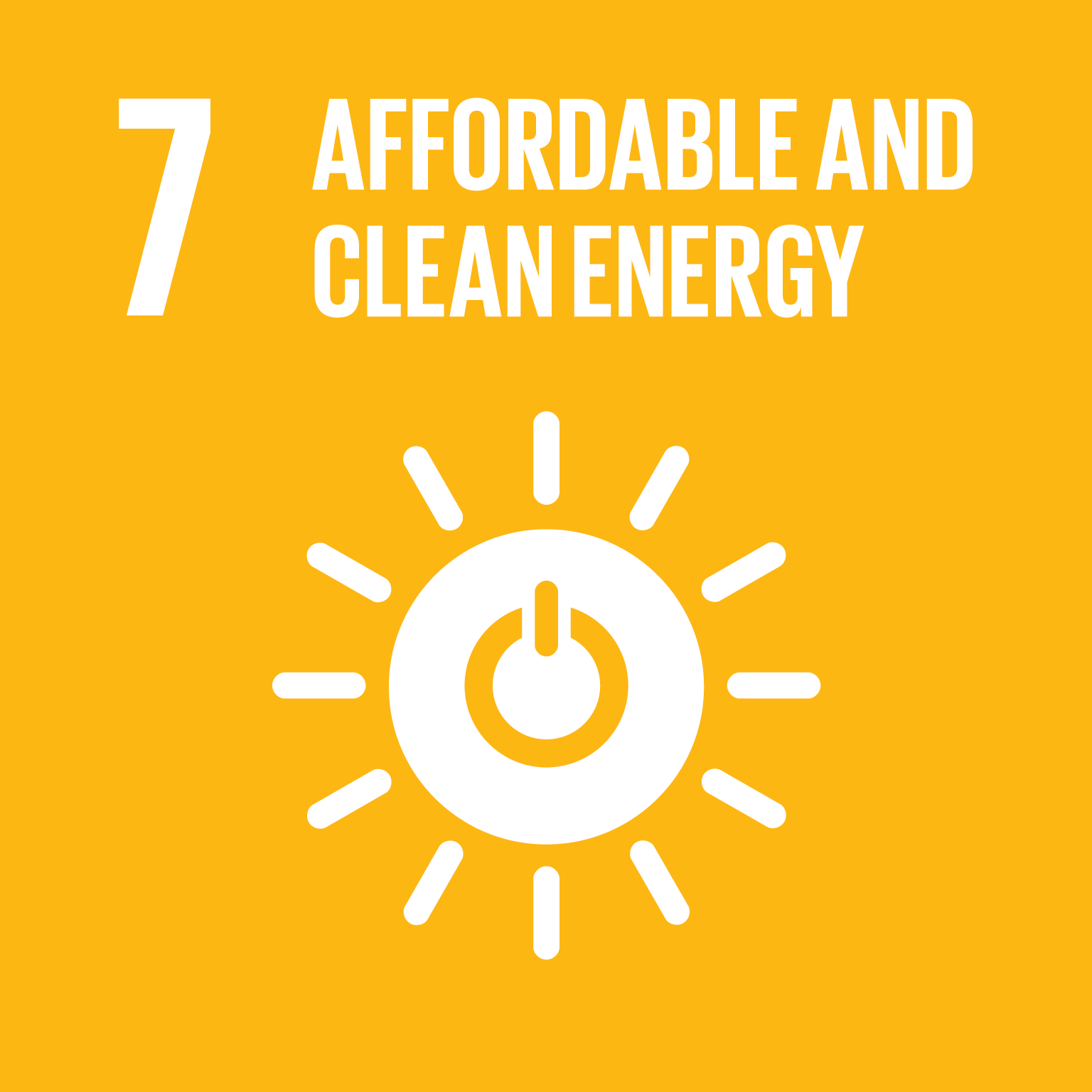 dern energy services for all.
dern energy services for all. - Includes work involving:
- Affordable, reliable, and modern energy services
- Renewable energy
- Solar, photovoltaics
- Energy efficiency
- Clean energy
Decent Work and Economic Growth
- To promote inclusive and sustainable economic growth, full and productive employment, and decent work for all.
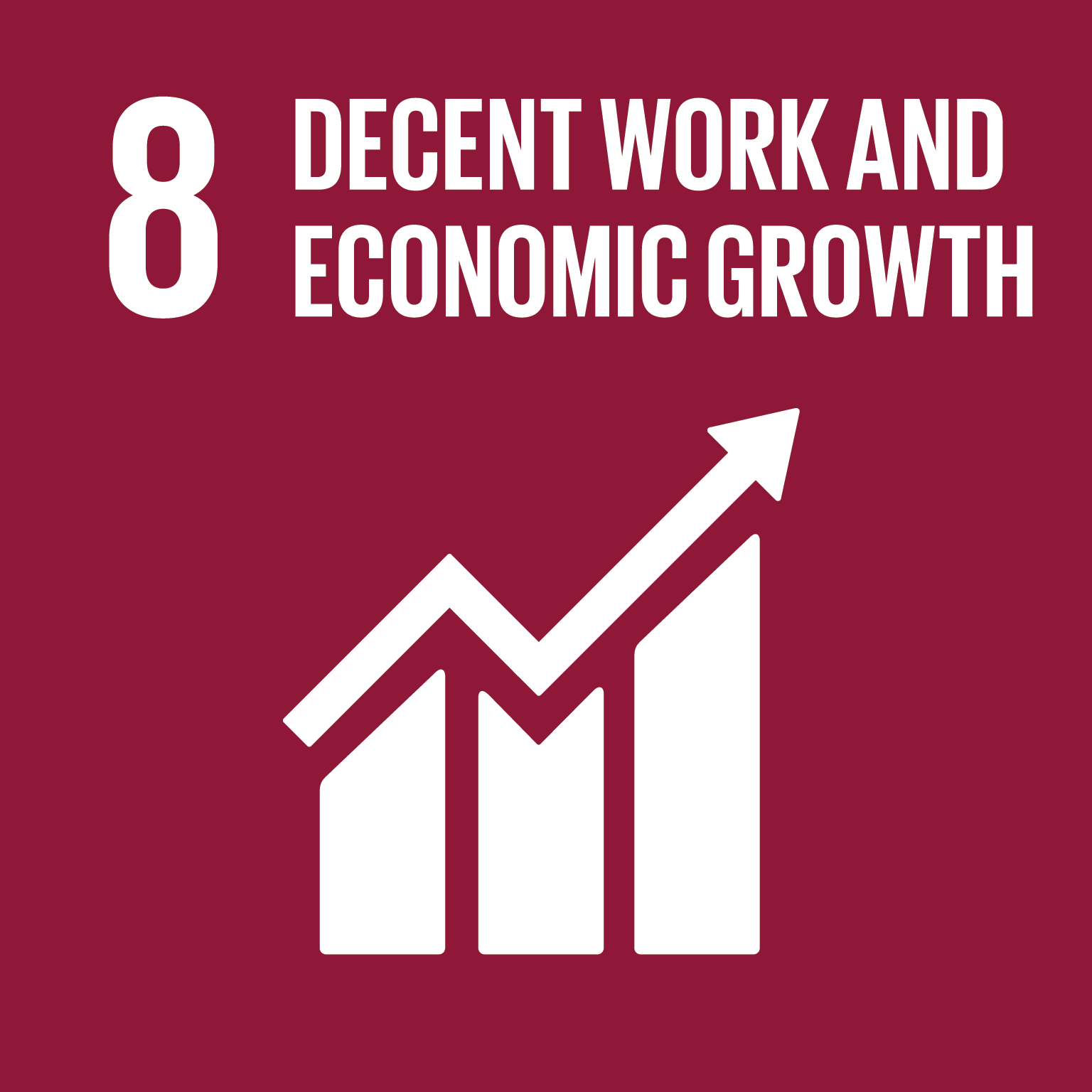 Includes work involving:
Includes work involving:
- Economic productivity, Economics
- Entrepreneurship
- Labor rights (forced labor, modern slavery, and humantrafficking)
- Safe and secure working environments
- Sustainable tourism
- Banking and financial services
- Taxes
Industry, Innovation, and Infrastructure
- To build resilient infrastructure, promote sustainable industrialization, an
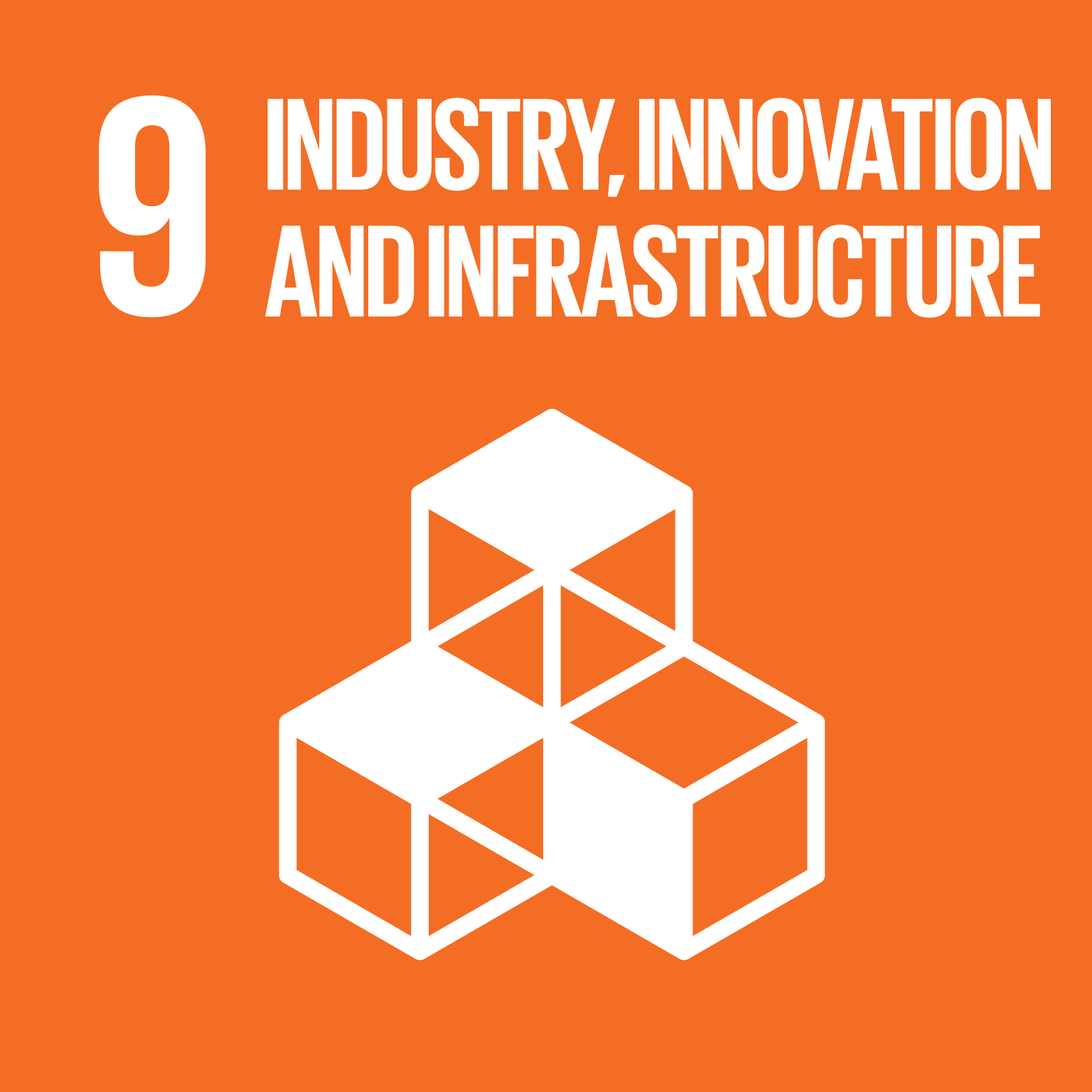 d foster innovation.
d foster innovation. - Includes work involving:
- Sustainable and resilient infrastructure and grid systems
- Affordable credit
- Clean and environmentally sound technologies and industrial processes
- Technology development in developing countries
- Access to information and communication technology
- Geographic Information Systems (GIS)
Reduced Inequalities
- To reduce inequality within and among countries.
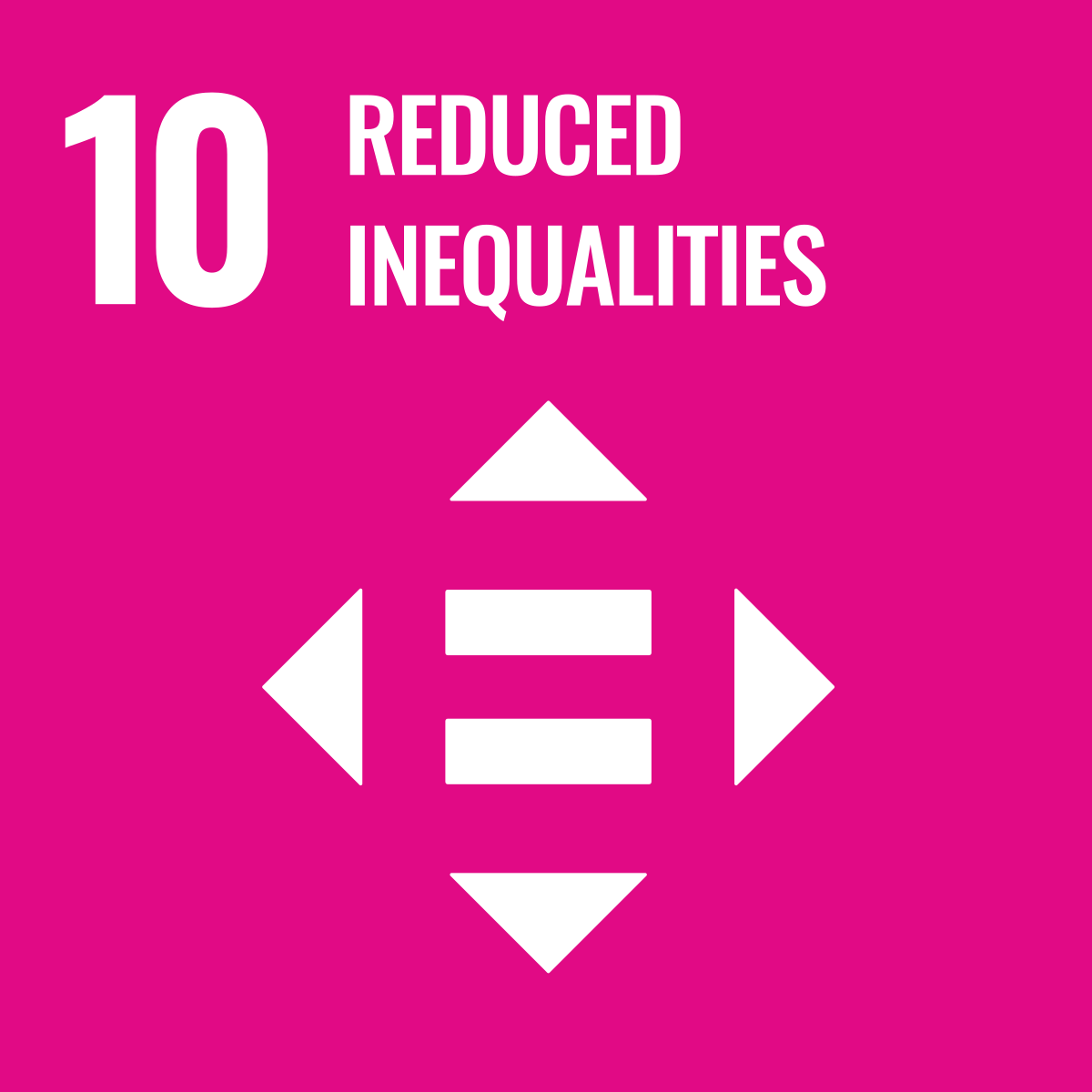
- Includes work involving:
- Social, economic, and political inclusion
- Elimination of discriminatory laws, policies, and practices
- Social protection policies
- Enhanced representation and voice for developing countries
- Responsible migration and mobility of people
- Persons with disabilities
Sustainable Cities and Communities
- To make cities inclusive, safe, resilient, and sustainable.
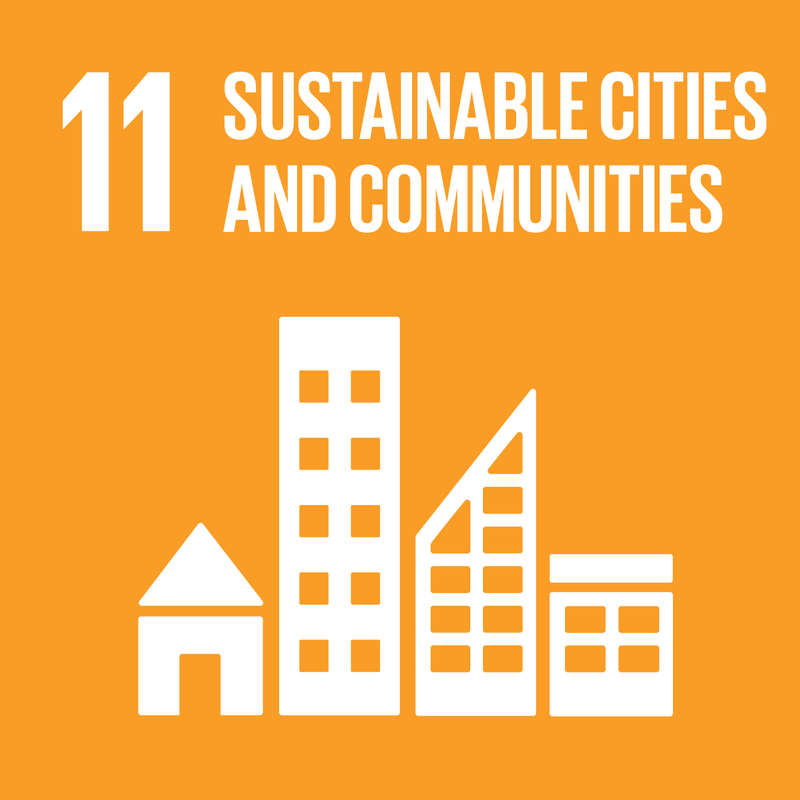 Includes work involving:
Includes work involving:
- Safe and affordable housing
- Safe, affordable, accessible transport systems
- Sustainable urbanization
- Cultural and natural heritage
- Environmental impact of cities
- Accessible, green and public spaces
- National and regional development planning
- Community-engaged neighborhoods
Responsible Consumption and Production
- To ensure sustainable consumption and production patterns.
- Includes work involving:
- Sustainable management of natural resources
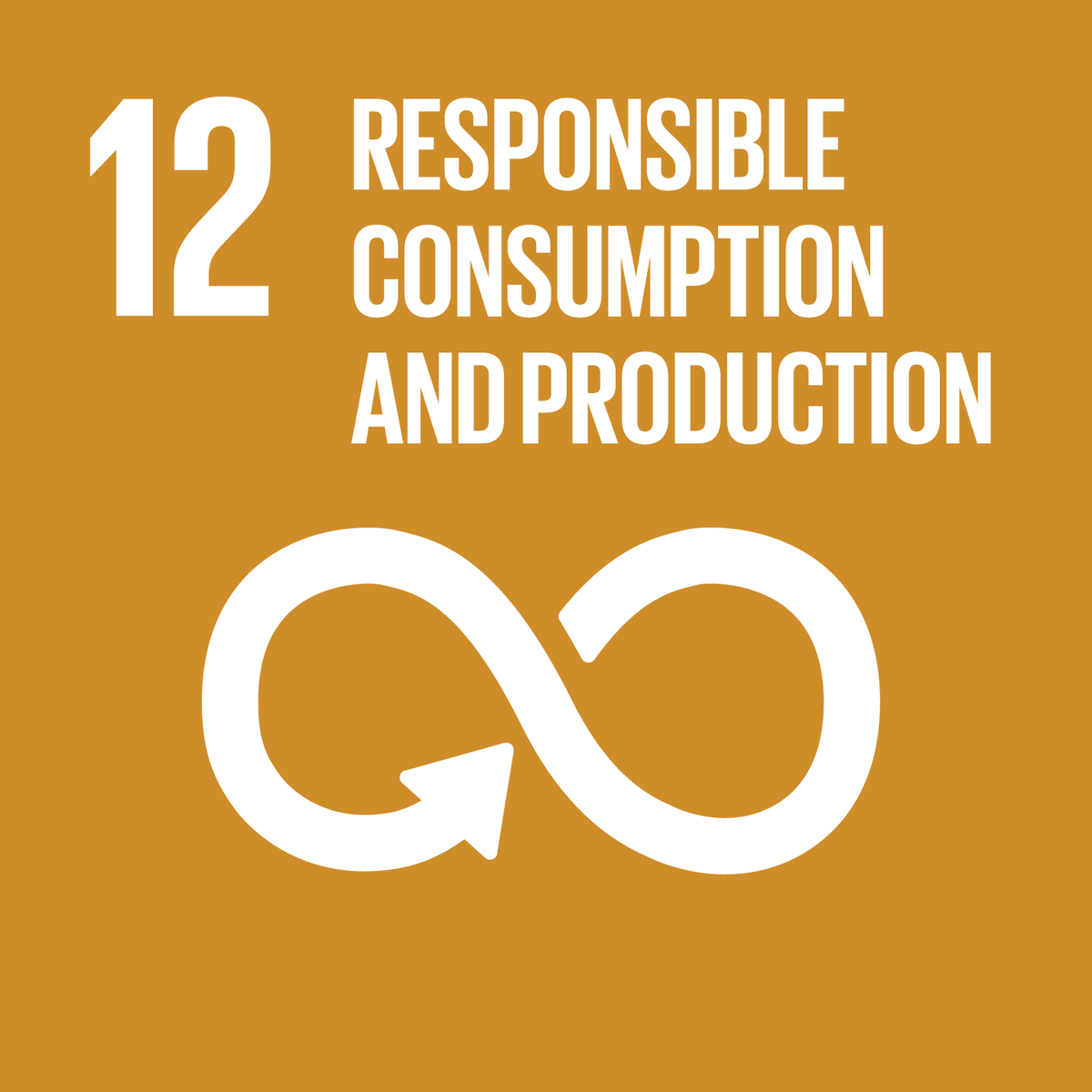
- Prevention, reduction, recycling and reuse
- Waste (food, chemicals)
- Chemical pollution
- Radiation
- Sustainability reporting
- Sustainable procurement practices
- Market distortions
- Oil spills
- Sustainable management of natural resources
Climate Action
- To take urgent steps to combat climate change and its impacts
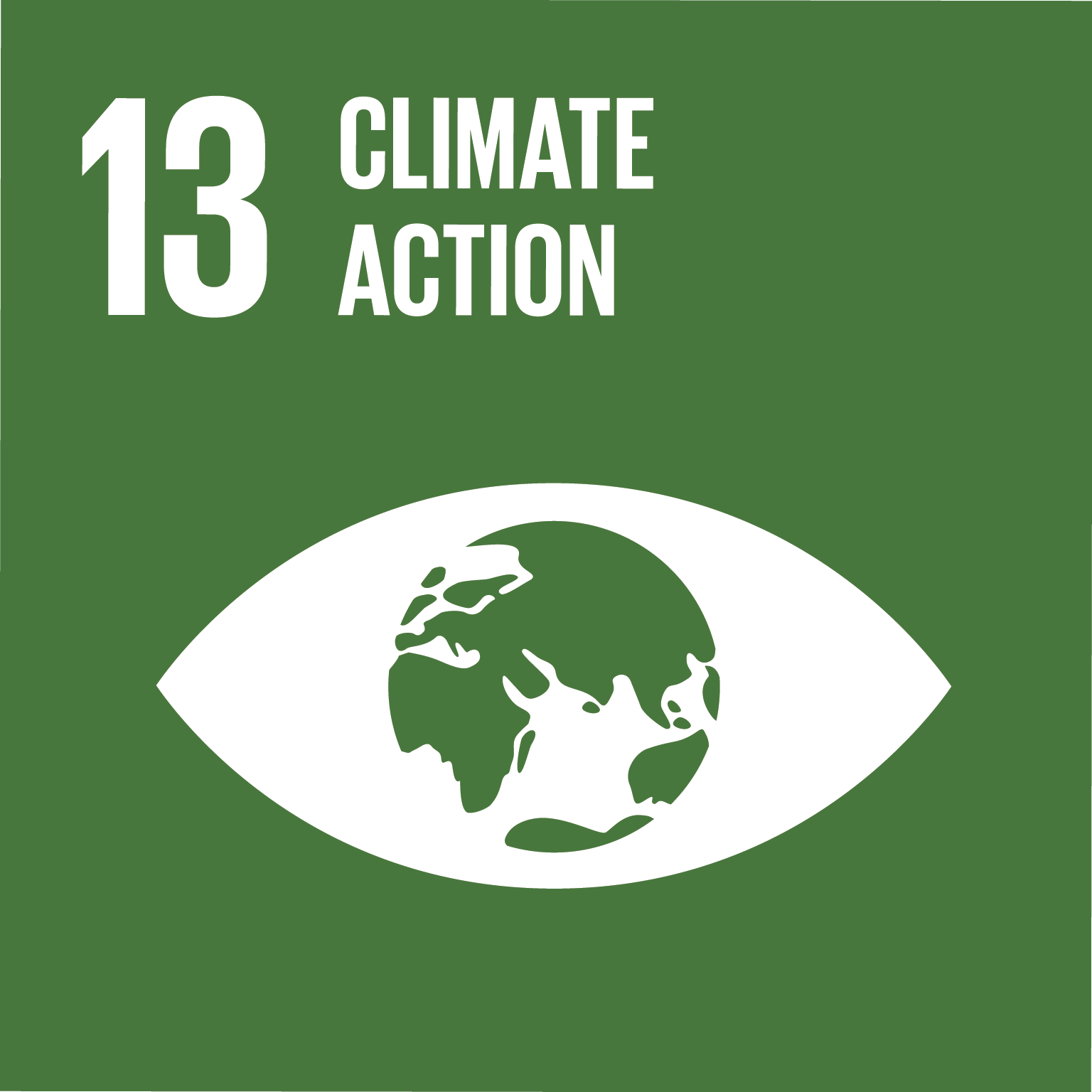
- Includes work involving:
- Climate-related hazards and natural disasters
- Climate change
- Impact reduction, and early warning
- Atmosphere
- Tropical cyclones
Life Below Water
- To conserve and sustainably use the oceans, seas, and marine
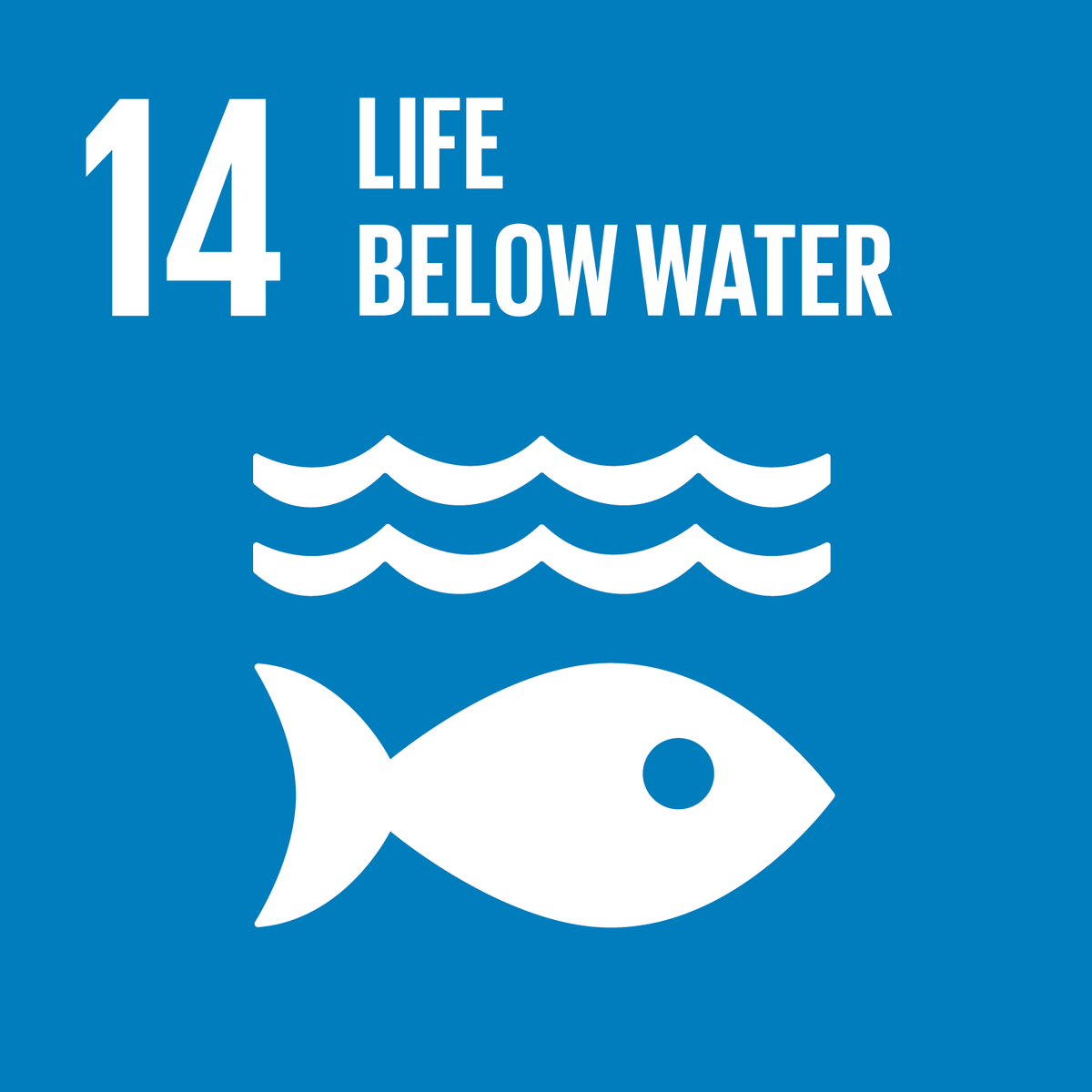 resources for sustainable development.
resources for sustainable development. - This includes work involving:
- Marine and coastal ecosystems
- Marine pollution (marine debris and nutrient pollution)
- Ocean acidification
- Fisheries (overfishing, unregulated fishing)
- Small Island developing states
Life on Land
- To protect, restore and promote sustainable use of terrestrial ecosystems
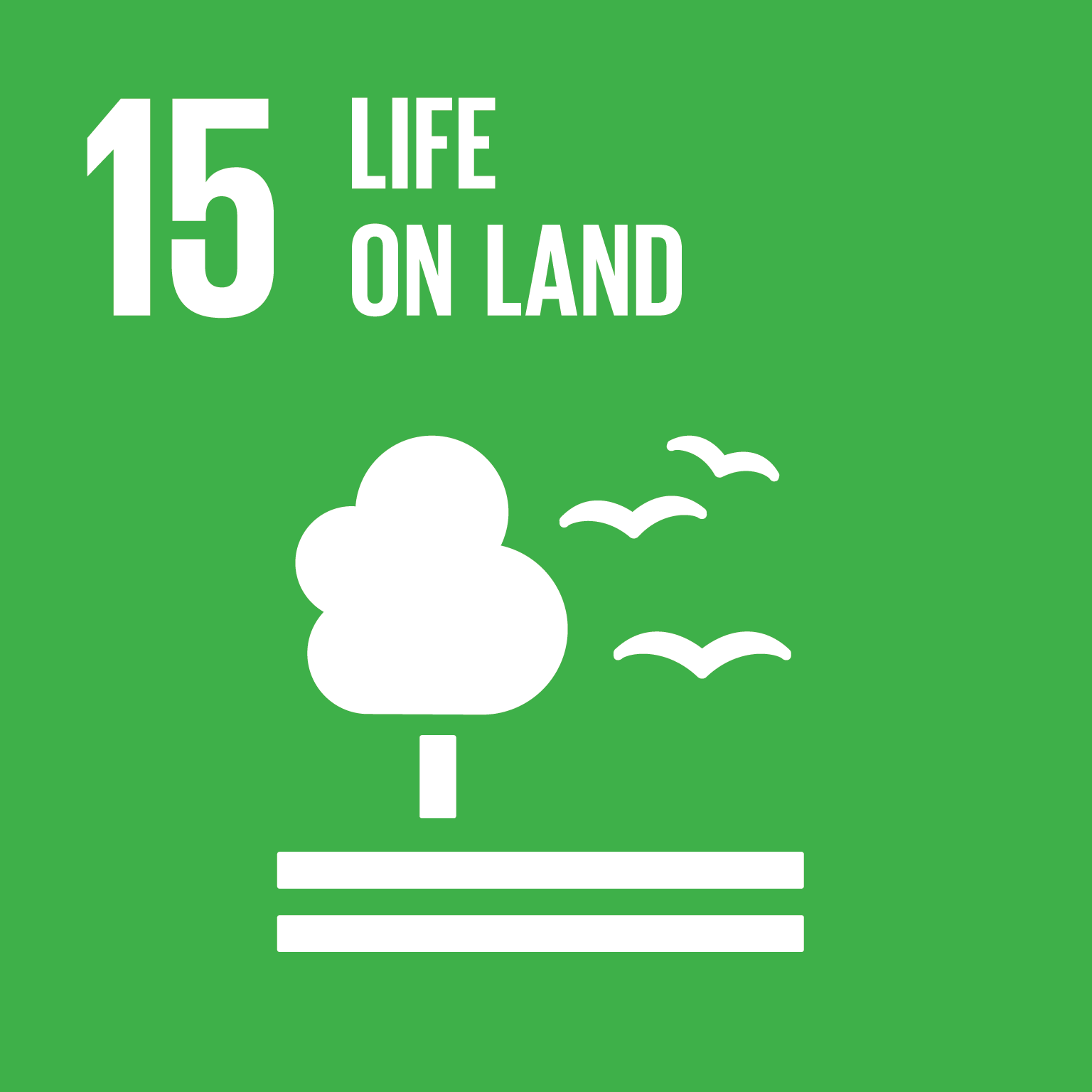 , sustainably manage forests, combat desertification, and halt and reverse land degradation and halt biodiversity loss.
, sustainably manage forests, combat desertification, and halt and reverse land degradation and halt biodiversity loss. - This includes work involving:
- Terrestrial and inland freshwater ecosystems (forests, wetlands, mountains, drylands)
- Deforestation
- Desertification (degraded land and soil)
- Biodiversity
- Poaching and trafficking of protected species
- Invasive/endangered species
Peace, Justice, and Strong Institutions
- To promote peaceful and inclusive societies for sustainab
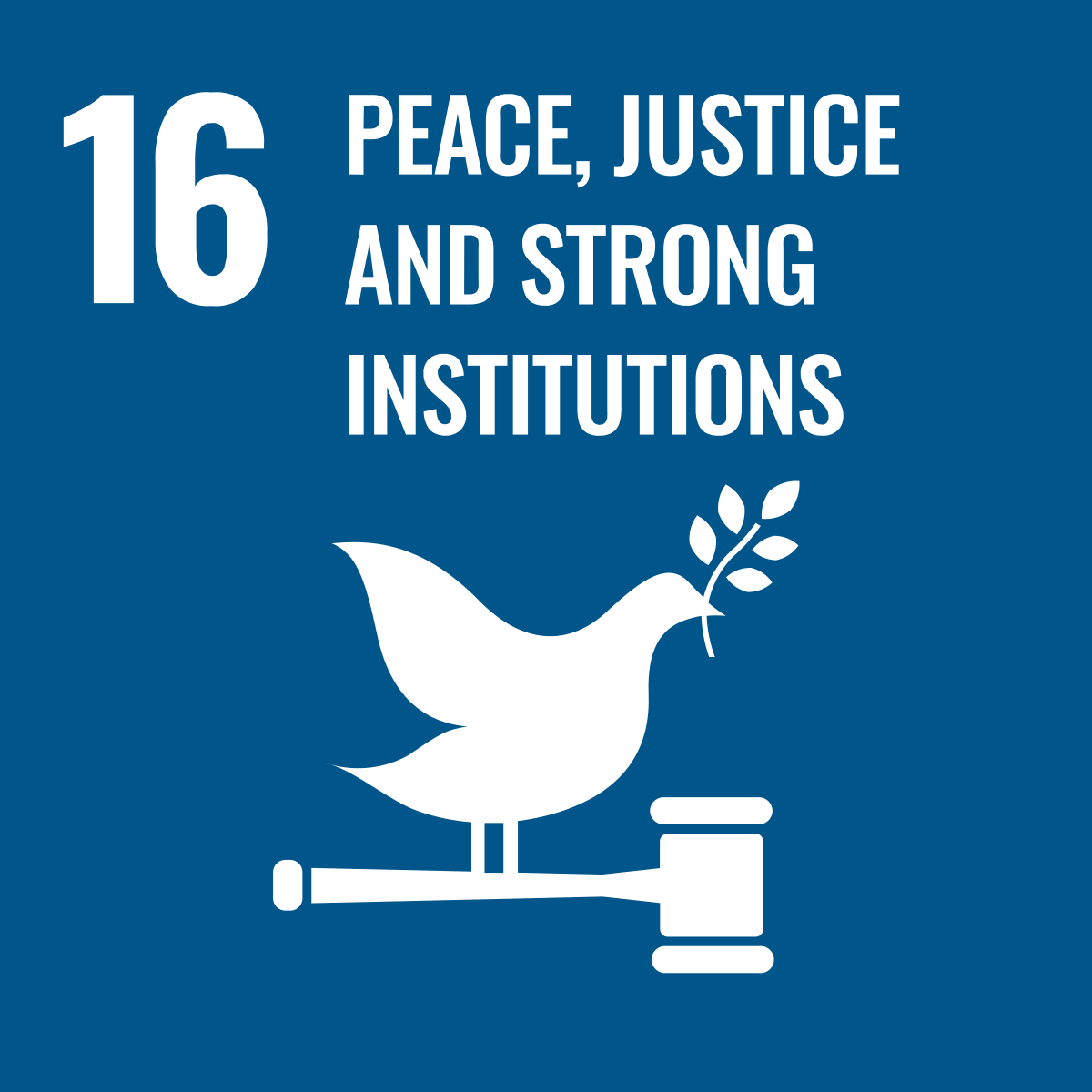 le development, provide access to justice for all and build effective, accountable, and inclusive institutions at all levels.
le development, provide access to justice for all and build effective, accountable, and inclusive institutions at all levels. - This includes work involving:
- Abuse, exploitation, trafficking and violence
- Terrorism and crime
- Corruption and bribery
- Accountable and transparent institutions
- Representative decision-making
- Non-discriminatory laws
Partnership For The Goals
- To strengthen the means of implementation and revitalize the global partnership for sustainable development.
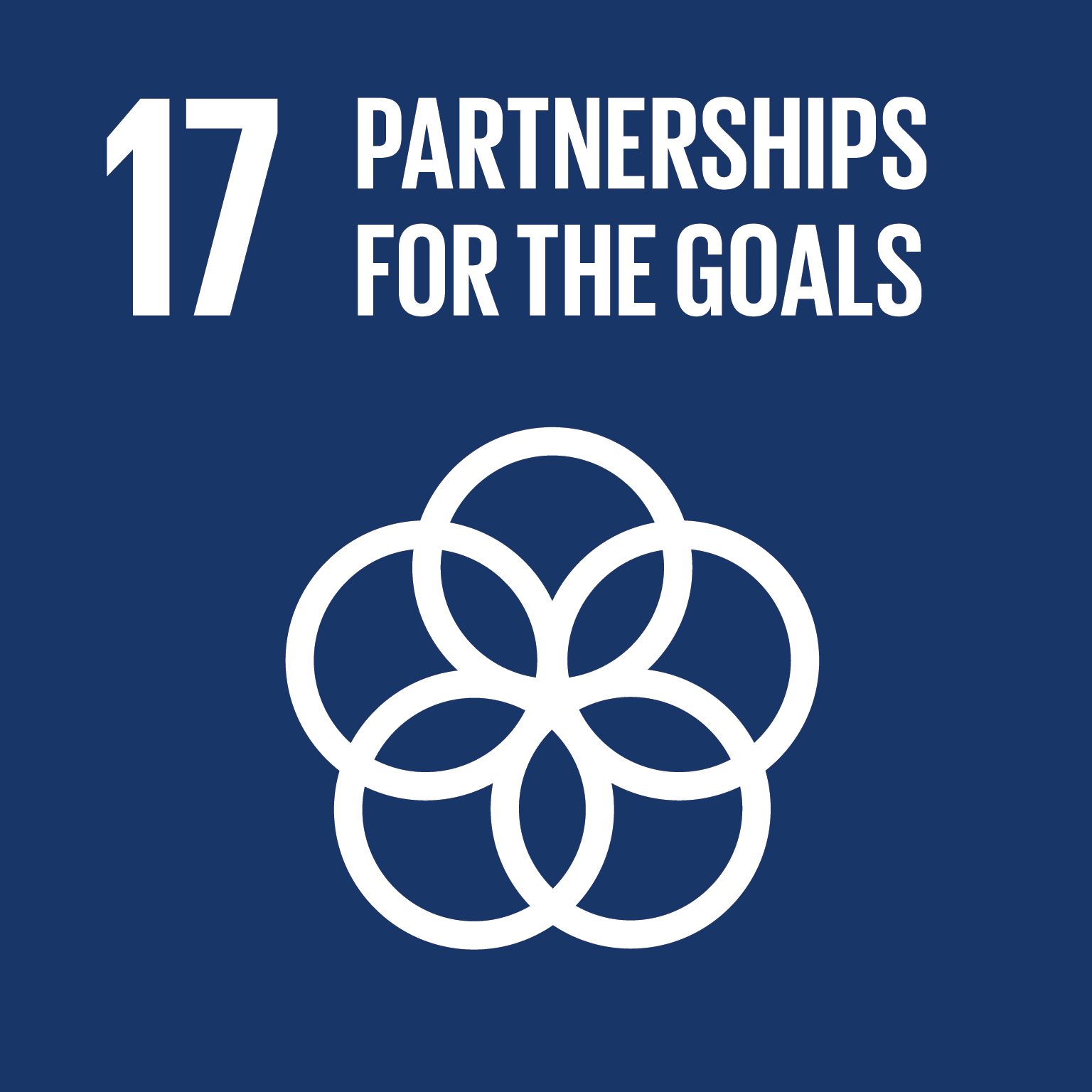 This includes work involving:
This includes work involving:
- Finance -resources for developing countries
- Technology -environmentally sound technologies
- Capacity building -capacity building in developing countries
- Stakeholder science
- Trade -multilateral trading system
- Systemic issues
- Policy and institutional coherence
- Multi-stakeholder partnerships
- Nonprofits and NGOs
- Data, monitoring, and accountability
How Do We Incorporate These Goals on Campus?
The Sustainable Development Goals (SDGs) are used as guiding principles across all Sustainable Campus programs. They help shape Sustainable Campus activities, events, and more. For example, the Garnet and Gold Goes Green or G4 program centers around SDG 11: Sustainable Cities and Communities and SDG 12: Responsible Consumption and Production, both of which should be featured on all posts and discussions surrounding the program. One place the SDGs can be seen on campus is at the Askew Student Life Center (ASLC) where some of the slides during the pre-show will share various Sustainable Campus initiatives. Additionally, if you follow our Instagram at @fsusustainable , you’ll find more about events, initiatives, and various educational campaigns. In both of these places, at the ASLC and on social media, the graphic will show what SDGs those initiatives and events relate to by using one or more of the SDG icons featured in the section above.
Check out our Course Listing here to find sustainability-related courses in your major! Find out which FSU Faculty are incorporating sustainability into their research here. For more information on how the SDGs are implemented across FSU academics, view the University Review on the UN SDGs here.

